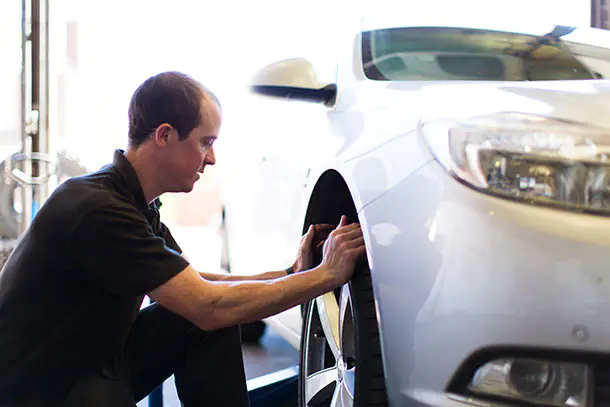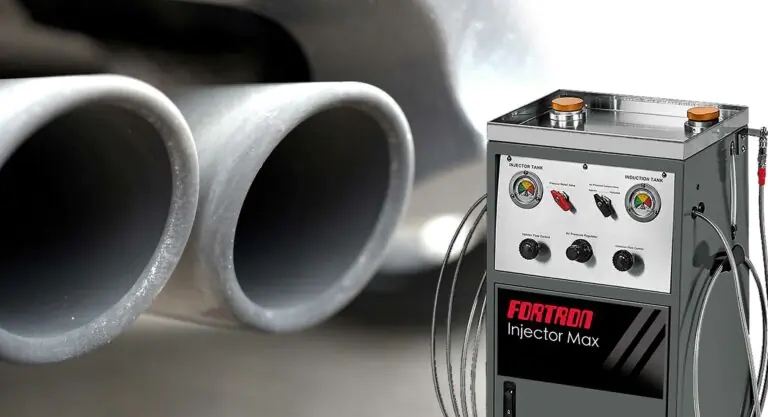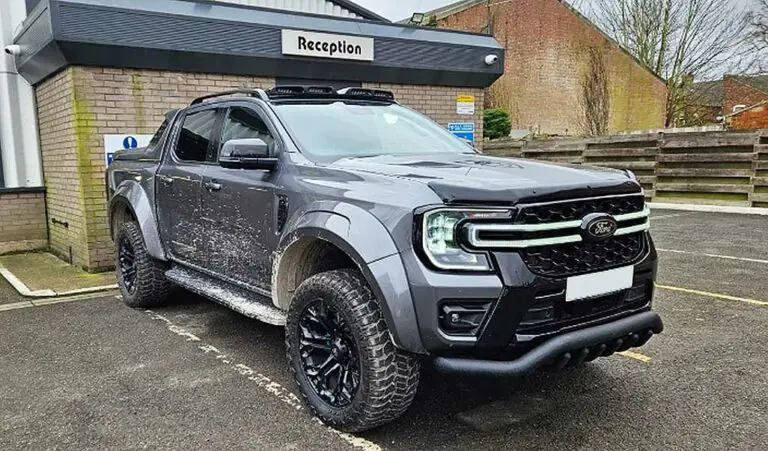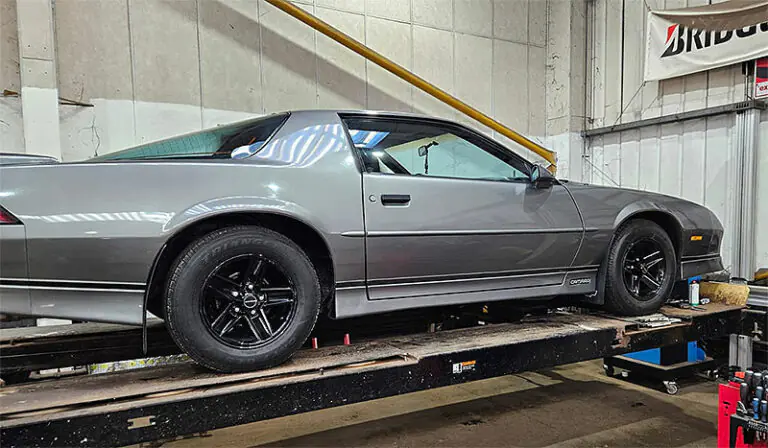How to pass an MOT test?
Article written by Bush TyresIf your car’s MOT is due soon, you might be worrying whether it will pass or not. With rising costs, a failed MOT is the last thing any of us need. There are a few simple checks and things you can do to give your car a better chance of passing first time.
All cars over three years legally need an annual MOT to make sure they are safe and roadworthy, get a head start on your MOT by carrying out the following checks:
Tyres:
Don’t get caught out by something as simple as a worn or damaged tyre! Have a look at the tread depth, the minimum legal UK tread depth is 1.6 mm and can easily be checked by inserting a 20p coin into the tread grooves – if the outer band of the coin can’t be seen, the tread depth is sufficient.
Remove any stones lodged in the tread and check for any cuts or bulges. Also check your tyres’ pressures, you can find the correct pressures for your vehicle in your vehicle handbook, in the sill of the driver’s door or on the inside of the fuel tank flap. If you find any damage or defects, pop in and we can check them for you. If you are not sure what to look for, take advantage of our FREE tyre checks. If required, we will adjust your tyre pressures for you FREE of charge as well.
Wheels:
Make sure all four wheels are securely attached to the car with no bolts missing. The condition of the rims will be checked in the MOT test, so it is worth making sure they are in good condition with no cracks. We offer alloy wheel straightening and alloy wheel refurbishments, so we can get your alloy wheels looking as good as new or alternatively we can replace them with new alloy wheels.
Windscreen and windscreen wipers:
Check your windscreen for any signs of damage such as chips or cracks, remove anything that could be obstructing the drivers view such as stickers and tickets. Make sure the wipers work well and when in use clear the view of the road not leaving smears or marks. If needed replace them before your MOT. Top up washer fluid and make sure the jets are not blocked. Some cars also have washers on the headlights, so make sure to check these too!
Lights:
Make sure all your lights, including headlights, indicators, brake lights and reversing lights are working, don’t flicker and are the correct colour. Make sure all the lights are clean and not obscured by any dirt.
Number plate:
Make sure your car’s registration plate in good condition. Check your number plate is clean and easy to read, make sure there are no cracks and that it is fastened to the car properly.
Doors:
Make sure all doors open and close easily, making sure they can be opened from inside and out. Make sure that once they are shut, they remain firmly closed.
Dashboard warning lights:
Make sure all dashboard warning lights come on and go off when you start the car. If any stay on once the car is started, make sure to find out what they mean and get the issue sorted before your MOT.
Seats and seatbelts:
Make sure all seats, front and back, are securely fixed and don’t move when they shouldn’t! All seatbacks should be able to lock in the upright position. Ensure that all seatbelts are in good working condition, securely fixed to the structure of the vehicle and show no signs of damage or fraying. Make sure the clip or locking mechanism works correctly and that the seatbelt retracts as it should to fit around the driver/passenger.
Horn:
The horn must work to pass an MOT, check the horn works by giving it a quick honk!
Mirrors:
Check all mirrors including the rear-view mirror and wing mirrors. All of your mirrors should be in good condition, secured to the vehicle and easy to see to ensure they can be used safely.
Suspension:
Suspension can be tested by applying your weight to each corner of the car. If the suspension is OK any movements should settle down quickly. You may also be able to hear suspension issues such as creaking or knocks. It can be tricky to identify suspension problems yourself unless you know what to look out for, if you are unsure, one of our team can take a look for you and let you know if you car’s suspension needs looking at before your MOT.
Exhaust:
It is difficult to check your exhaust yourself, but you can have a quick look to see if any parts are hanging loose, if there are any leaks and listen for any unusual noises. Your vehicle must meet the legal requirements for exhaust emissions to pass an MOT test. These depend on the age of the car and the fuel type it uses. Visible smoke from the tailpipe may mean an MOT fail as can excessive noise, so boy racers beware!
Our highly trained exhaust specialists will be able to identify any faults like cracks, leaking joints, broken hangers, worn rubber mountings, corrosion, failed gaskets and other damage or wear.
If any faults are found our technicians will help you decide your best course of action to fix the exhaust system.
Brakes:
Make sure the footbrake and handbrake both function correctly, and make sure there are no visible leaks from the brake pipes. If you are in any doubt one of our brake specialists can take a look for you.
Under the bonnet:
Make sure your car’s fluid levels are topped up including brake fluid, oil, screen wash and coolant. We can top these up for you at most of our branches.
General condition:
Have a look at the general condition of the vehicle, check for any signs of excessive corrosion or damage that could affect the safety of the car, such as braking or steering. Also make sure there isn’t anything such as sharp edges that could cause damage to other road users.
Make sure your car is clean inside and out. A car full of clutter could lead to an MOT tester refusing to carry out the MOT test!



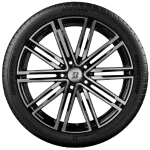 Tyres
Tyres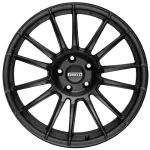 Services
Services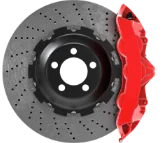 Fast Fit
Fast Fit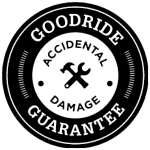 Offers
Offers